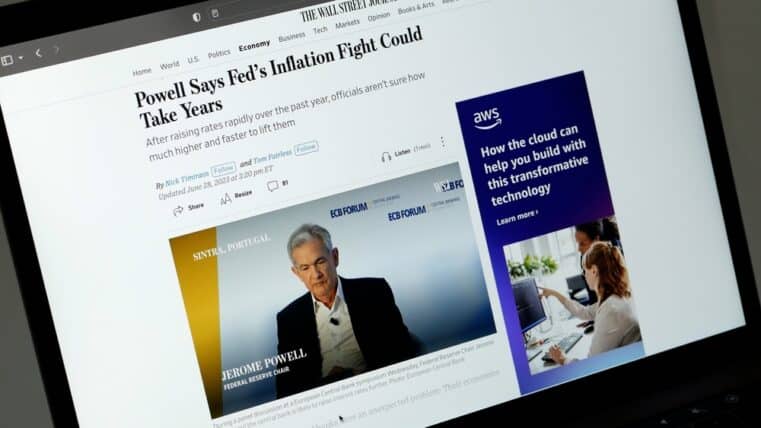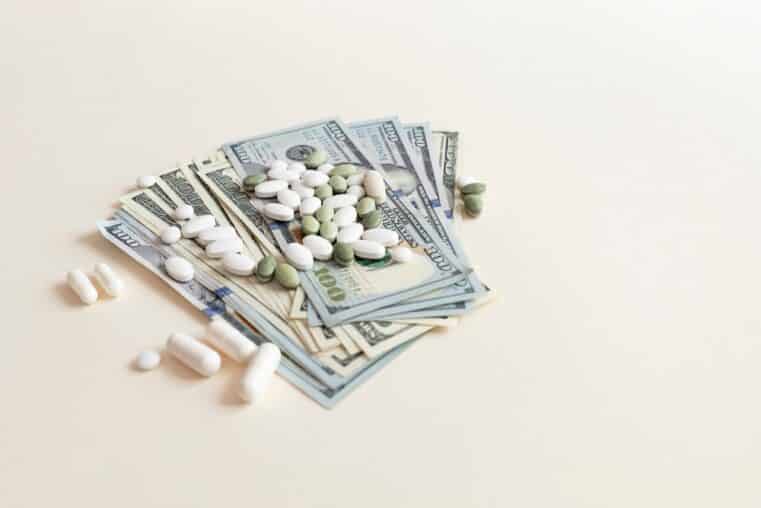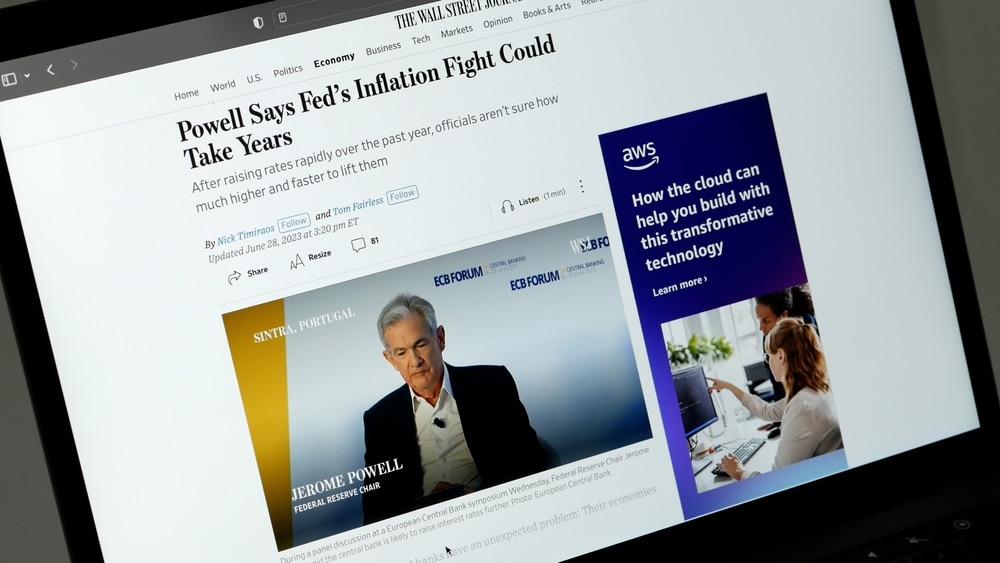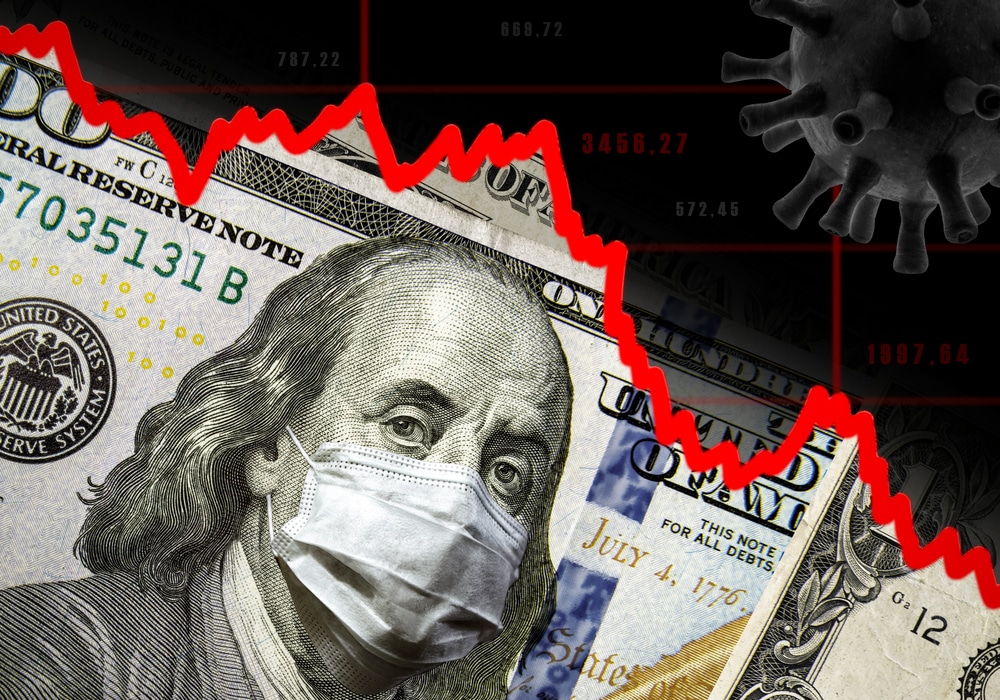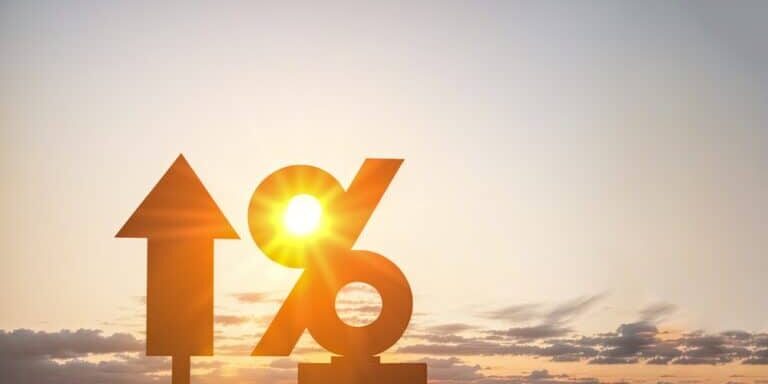
The Era of Cheap Money Is Over: Prepare for 25 Years of Higher Rates
Near-Zero Rates Were Never Normal—They Were a Lie
The media keeps feeding us the delusion that near-zero interest rates are natural—some sort of economic law of the modern world. They're not. In fact, they're the distortion. A freak occurrence. An anomaly birthed by desperation and deception. From 2011 to 2022, central banks, drunk on the illusion of control, engineered a fantasy world of "free money" that encouraged reckless speculation, mass borrowing, and systemic fragility. And now the pendulum swings back—hard.
A Return to Historical Reality
Let’s be clear: real interest rates are returning to historical norms. Not because the Federal Reserve wants it that way—but because the system they corrupted demands it. From 1960 to 2007—before the final stages of fiat rot set in—interest rates of 4% and up weren’t the exception. They were standard. And for a full third of a century (1967 to 2000), 10-year Treasury yields hovered between 5.75% and 8%. No one screamed recession. No one panicked about housing collapses or equity tantrums. Why? Because credit had a cost, and the economy adjusted accordingly.
The Fallout of Free Money
Contrast that with today’s fragile house of cards, constructed atop a mountain of nearly interest-free leverage. From zombie corporations to overleveraged households to a federal government hemorrhaging debt, everyone binged while money was cheap. And now, with rates climbing back to sanity, the hangover begins. Federal interest payments have doubled. Household debt service costs have exploded. And unlike the decades of disciplined growth, today's borrowers are drowning in liabilities they never could afford without the Fed’s artificial life support.
The New Normal: High Rates for a Generation
If the historical cycle holds—and it often does—we’re staring down the barrel of a 20-to-25-year era of elevated interest rates. That’s not a blip. That’s not a “pause.” That’s structural. The last time we saw rates decline for 40 years (1981–2020), it came with the implicit guarantee that central banks would always step in to save the day. But that era is over. The game has changed. The damage has been done.
Credit Tightens, Risk Rises
Here's the hard truth: the risk premium is back. Credit is no longer free, because trust is evaporating. Lenders have been burned by bubble after bubble—dot-com, housing, crypto, SPACs, meme stocks, you name it. Now they’re playing defense, demanding collateral and caution. That means most households, small businesses, and overleveraged institutions are effectively locked out of the market. No collateral, no credit. No credit, no growth.
Households Are Trapped in the Squeeze
Wage earners, meanwhile, have seen their share of the economy steadily eroded over five decades. So what do we have? A nation of debtors with shrinking incomes and soaring interest costs. That’s not a recovery. That’s the beginning of a long, grinding contraction.
This Is the Reckoning—And It’s Just Beginning
It didn’t have to be this way. But decades of monetary malpractice ensured it would be. Now the reckoning is here. And if you're still hoping the Fed will pivot back to zero, understand this: they'd only do it if the system is on the verge of total collapse—which would bring a whole new set of horrors.
The smart money has already left the party. They’re in gold. They’re in silver. They’re in Bitcoin. They’re getting out of fiat while there’s still time.
Take Control Before the Next Financial Crisis Hits
Don’t wait for the system to implode. Download our free guide, 7 Steps to Protect Your Account from Bank Failureand get the roadmap to securing your financial independence.
Want deeper insights from Bill Brocius himself? Subscribe to the Inner Circle newsletter for just $19.95 and receive weekly intelligence from the man who called this chaos years before it hit. You’ll also get exclusive access to Bill’s explosive book, End of Banking As You Know It—a must-read for anyone serious about survival in this new economic era.





